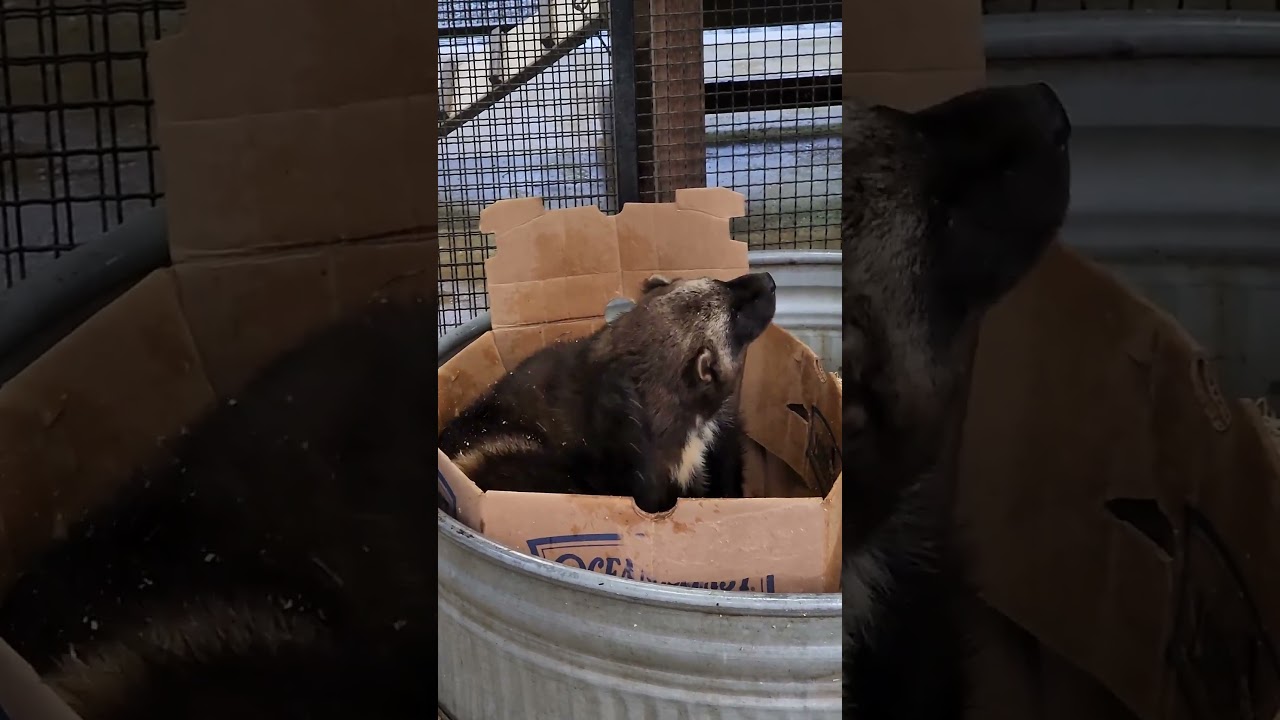– The biology and natural history of the Wolverine (Gulo gulo)
– Wolverine enclosure design and enrichment strategies in zoo management
– The role of captive breeding and wildlife conservation efforts for Wolverines
– Challenges and ethical considerations in housing solitary carnivores
Wolverines, members of the mustelid family known for their solitary nature and remarkable adaptability, are among the most intriguing creatures in zoos worldwide. Often considered the epitome of wilderness, a Wolverine in a box or in a captive setting presents a unique set of challenges for zoologists and zookeepers alike.
Starting with an in-depth look at the biology and natural history of the Wolverine, it is paramount to understand their behaviors and needs to facilitate their existence in captivity. Naturally found in remote northern hemisphere boreal forests, tundra, and taiga, Wolverines are adapted to a cold environment and have a reputation for being tenacious predators and scavengers. With a powerful build, Wolverines possess semi-retractile claws for digging and climbing, making them formidable hunters. Their keen sense of smell enables them to locate food under heavy snow. In the wild, their diet ranges from small rodents to scavenging the kills of larger predators.
Translating the Wolverine’s natural habitat to a zoo environment demands creative thinking and experiential design. Given their wide-ranging behaviors, creating an enclosure with sufficient space is essential. Enclosures must embrace vertical complexity to foster climbing behavior and include substrates for digging and denning. Enclosure design must also consider the Wolverine’s need for seasonal variability, mimicking the changing conditions of their natural habitat to keep the animals stimulated and healthy. Including pools or streams can offer a source of refreshment and play, as Wolverines are known to be strong swimmers.
Enrichment strategies play a critical role in managing a Wolverine in captivity. The aim is to mimic the challenges and stimuli a Wolverine would encounter in the wild, promoting natural behaviors and reducing stress. Enrichment can include food puzzles that encourage problem-solving, structures for climbing, and objects to investigate or manipulate. The rotation of these enrichment objects and scenarios keeps the environment dynamic and engaging for the animal.
The conservation of Wolverines in the wild is marked with a certain degree of urgency. Human encroachment and climate change have led to fragmented habitats and reduced numbers. Captive breeding can be a significant step forward in wildlife conservation, aiding in maintaining genetic diversity and possibly providing individuals with reintroduction programs. Zoos in this endeavor adhere to strict breeding protocols and collaborate globally to maximize genetic diversity and success rates.
Nevertheless, housing solitary and wide-ranging carnivores like Wolverines comes with ethical considerations. The physical and psychological health of the animal is paramount. Wolverines require ample space to exhibit natural movements and behaviors, and confinement in a limited area can lead to stress and stereotypic behaviors, which are repetitive, invariant behaviors with no obvious goal or function. Strategies to mitigate such issues include careful monitoring of Wolverine behavior and ongoing adjustments to enclosure and management practices to support the animals’ well-being.
In working with Wolverines, zoo professionals draw from a range of disciplines, including zoology, behavioral science, and conservation biology, to meet the complex needs of these animals. By studying and applying insights from the wild counterparts of these creatures, caregivers can create a living environment that allows a Wolverine in a box to exhibit a spectrum of natural behaviors, possibly contributing to the collective effort of preserving the species for future generations.
Throughout this educational exploration into the life and management of a Wolverine in captivity, the commitment to wildlife conservation remains a central pillar. As the public gains a more profound respect and understanding of these remarkable carnivores, zoos continue to refine and rethink their housing methods, ensuring these animals serve as ambassadors for their wild relatives, inspiring conservation action and fostering an enduring appreciation for the natural world.
*****
Source Description
If it fits, I sits (wolverine version)! 📦
📹: Keeper Becky

